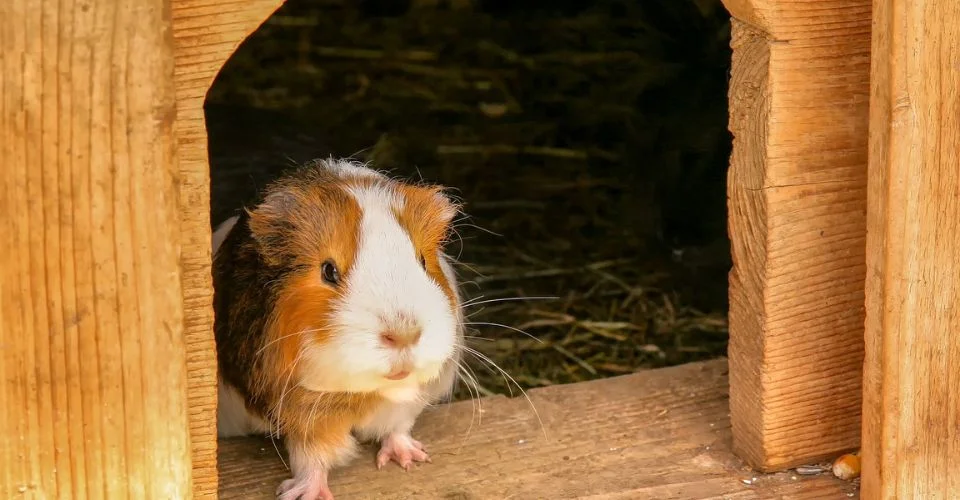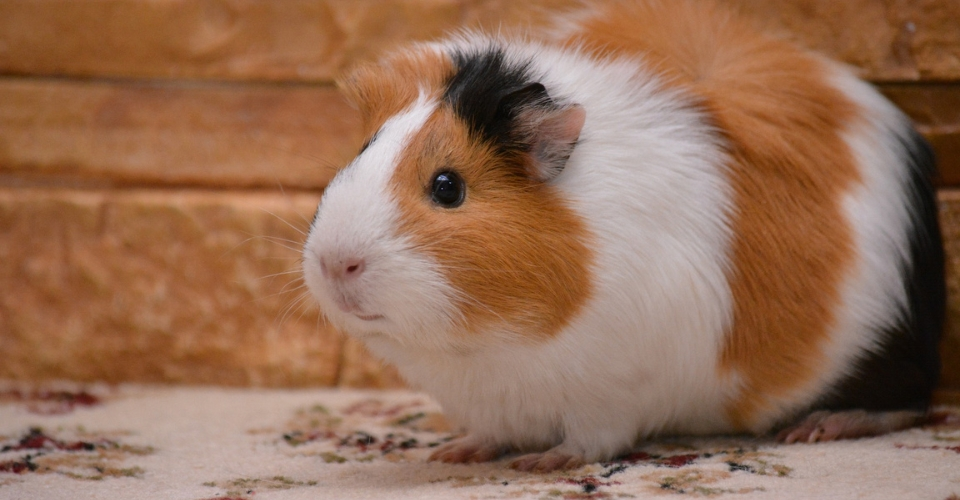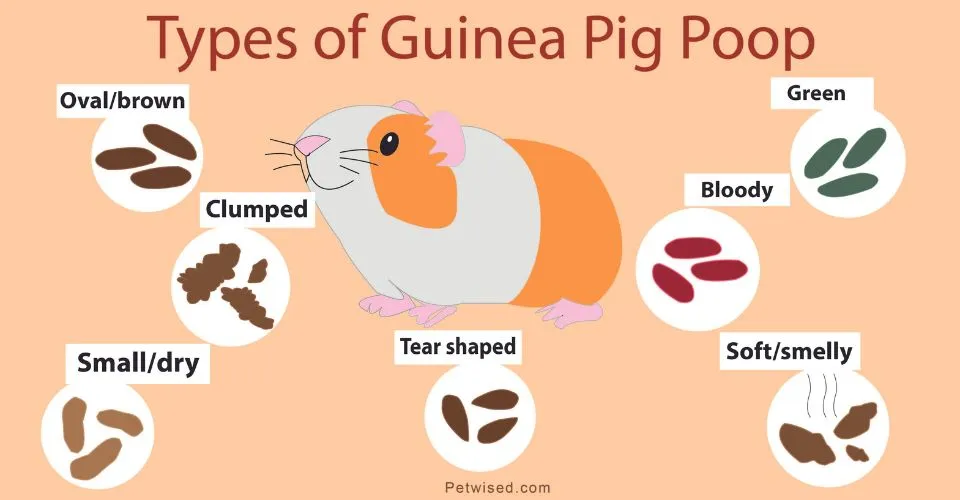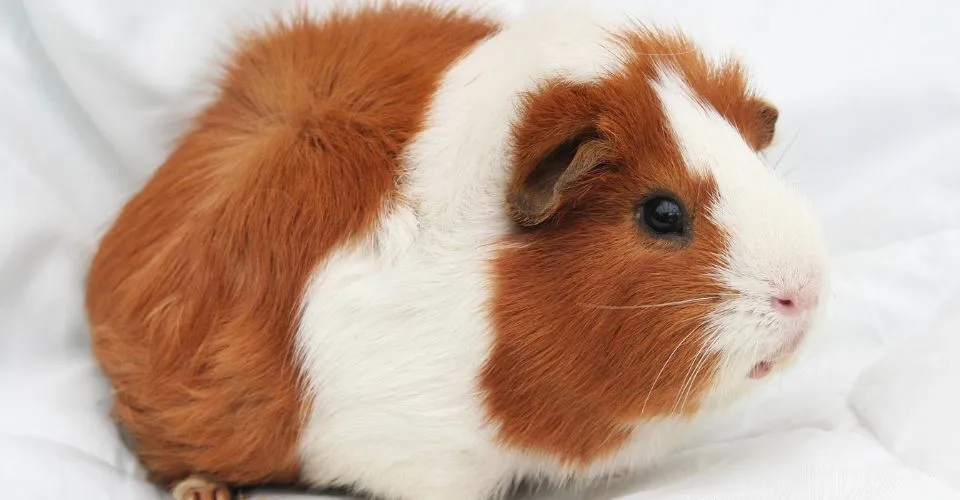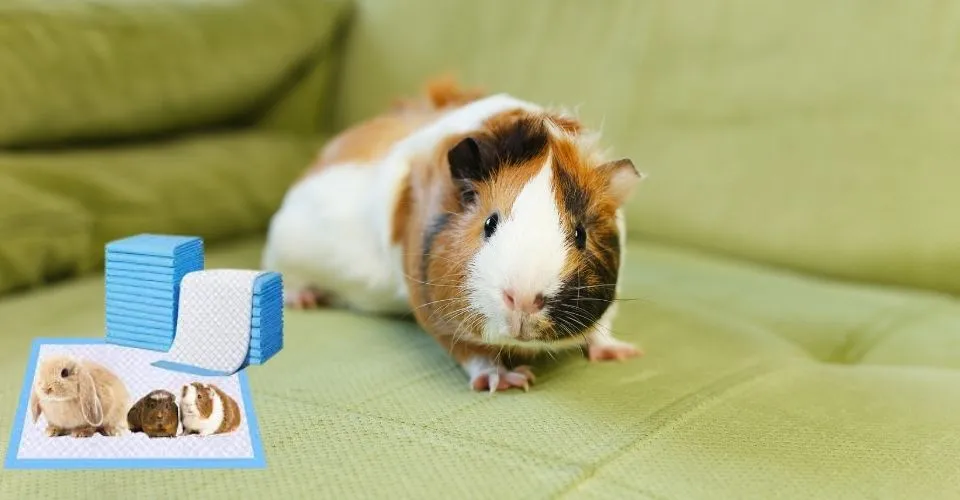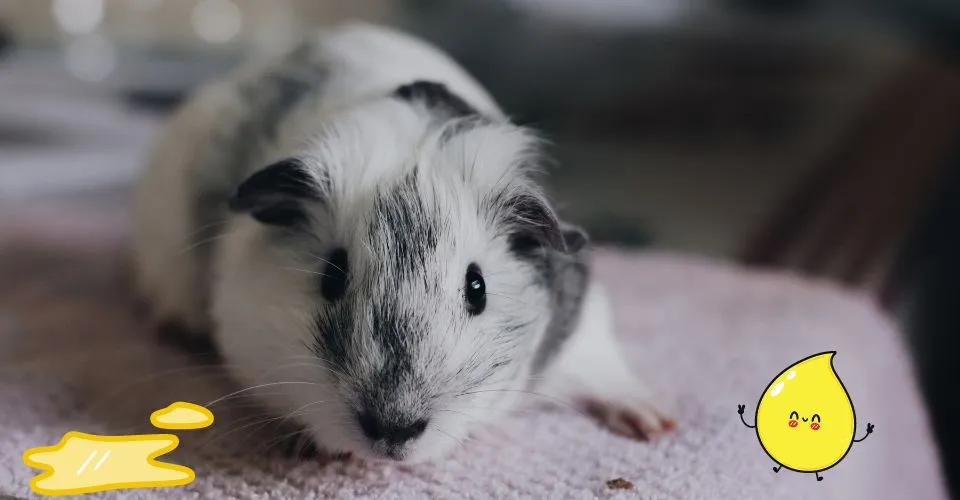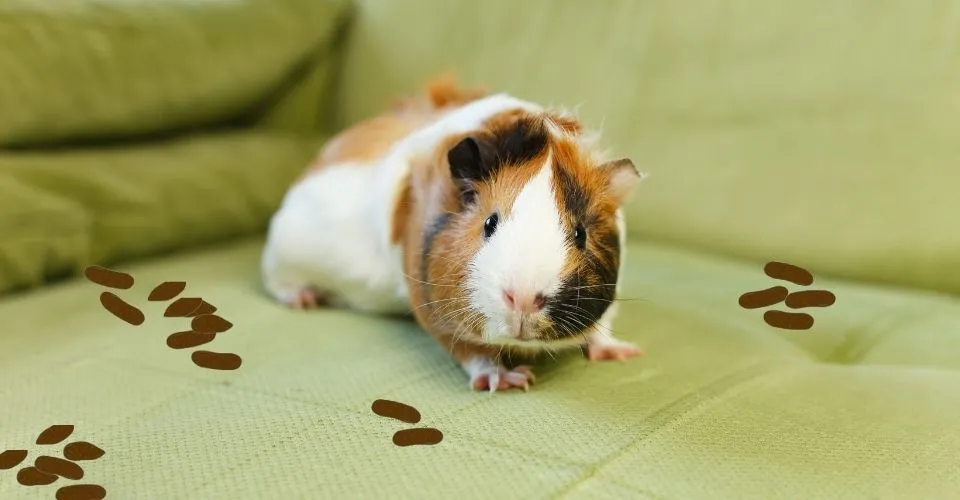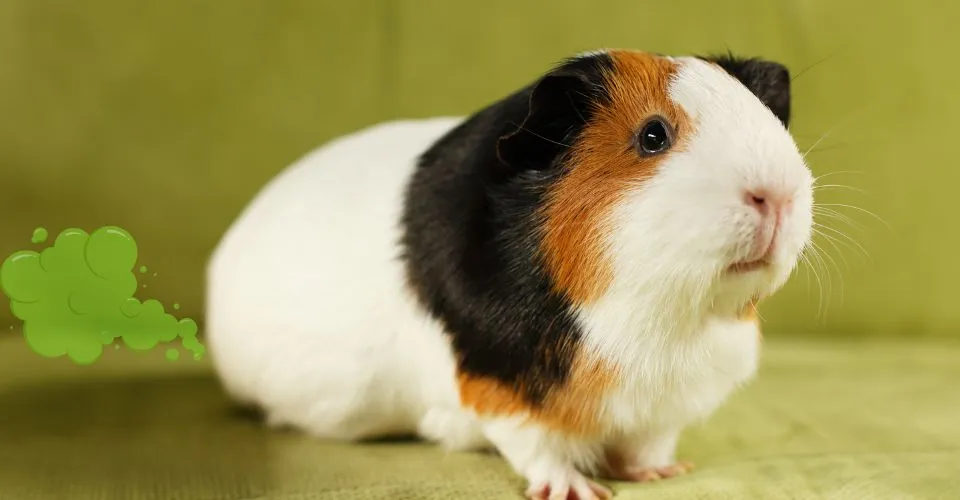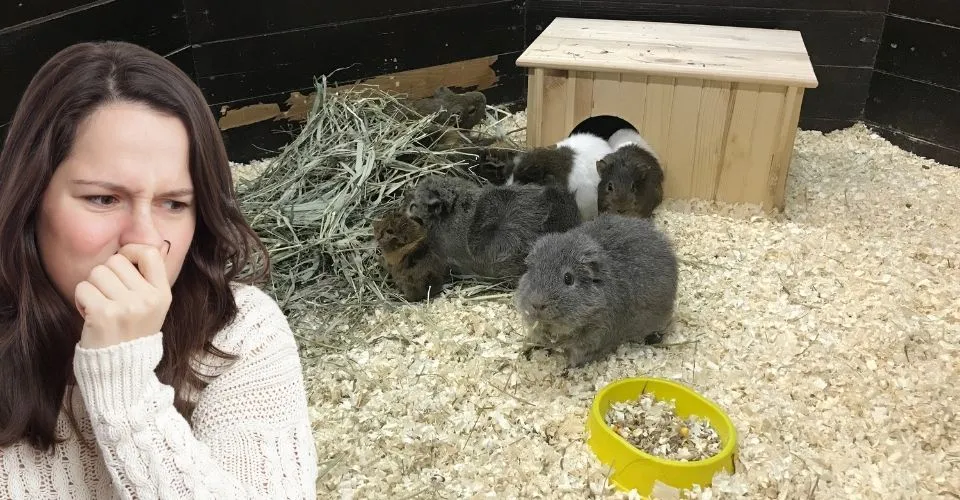Most animals hibernate to conserve energy in the Northern Hemisphere, where it gets too cold in winter to continue their usual life. Therefore, when it gets cold, most novice guinea pig owners start wondering, do guinea pigs hibernate? Well, guinea pigs do not hibernate, but there is more to this query than a simple no. So, continue reading to learn all about guinea pig hibernation—what is exactly going on with your guinea pig when the cold, dark, and long winter nights creep in, and how can you make sure that your piggy friend stays safe and healthy during harsh winters.
Now that we have understood what hibernation is, let’s find out can guinea pigs hibernate for real.
Do Guinea Pigs Hibernate?
No! Guinea pigs do not hibernate. Instead, they enter into a deep sleep known as torpor in winter. They would not enter hibernation even if it gets too cold for them to survive because winter is not a natural occurrence for guinea pigs as they hail from the temperate region of South America. For your little ball of fur, even the early fall days might be a little too cold.
That said, to conserve energy during cold winter, guinea pigs do slow down their metabolic activity and heart rate. This reduced activity might help them fight the winter a little, but your guinea pigs won’t be able to harsh winter on their own. If you do not take care of your guinea pig and keep them warm, they might go into hypothermia, which could be life-threatening if no immediate care is provided.
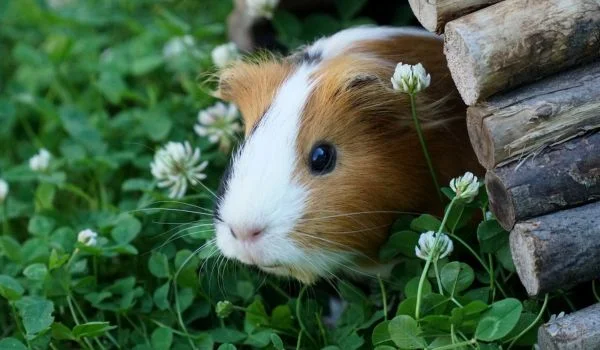
Hibernation Vs Torpor
So, instead of hibernation, guinea pigs enter torpor. But what is torpor?
Let’s understand the difference between torpor and hibernation to get a clear picture of what exactly is going on with your piggy in winter.
Hibernation
Hibernation is a state of regulated hypothermia. In simpler words, it is a minimal activity of sleep undergone by many creatures—from bats to hedgehogs and butterflies—to survive the harsh winter nights. Animals can remain in a hibernation state for months until the harsh winter has passed. It is a survival tactic adopted by animal species living in the Northern part of the world.
In hibernation, animals lower their body temperature, heart rate, and breathing and reduce their metabolic activity to save energy to help them survive the adverse winter. During the warm months, these animals eat as much as they can to store extra fat on their bodies. This fat provides them energy when they are hibernating in their burrow or den for months without eating. It is nearly impossible to wake up a hibernating animal.
Torpor
Conversely, torpor is a hypometabolic condition in eutherms; there is lower body temperature and reduced heart rate and metabolic activity. Where hibernation can last for months, torpor is a daily thing and lasts only several hours daily. Moreover, where there is no feeding during hibernation, animals keep foraging after waking up from torpor. If you put your guinea pig or any other animal that has entered into torpor into a warm place, it will wake back up.
What is Ideal Temperature For Guinea Pigs?
Our guinea pigs are sensitive to cold as well as heat. According to the humane society, the ideal temperature range for them is 65° F to 75° F.
The guinea pig cages should never be placed close to strong heat sources like a heating vent, fireplace, stove, or near the window where the sun shines directly. Actually, our guinea pigs cannot sweat, and when it gets too hot, they become susceptible to heat strokes. Similarly, you should never place your guinea pig cage in places like a breezeway, or garage, where it gets too chilly.
Besides keeping the temperature between 65° F to 75° F for your guinea pig, you should also make sure that the guinea pig environment is not too humid, as dampness could lead to the growth of mold in the guinea pig bedding and hay, which could become a cause of a series of guinea pig ailments.
How Cold Is Too Cold For Guinea Pigs?
Temperature any lower than the ideal guinea pig temperature range of 65°F to 75°F would be uncomfortable for our guinea pigs. Guinea pigs are usually better able to handle low temperatures as compared to temperatures higher than the ideal range. So, they might be able to survive temperatures a little lower than the ideal range without any serious health issues, but if the temperature gets any lower than 60°F guinea pig, it may lead to respiratory problems, stress, and even death.
Guinea pigs try to deal with the lower temperature by sliding into a state of deep sleep known as torpor, characterized by the slowing down of metabolism, heart rate, and breathing in the quest to save some energy to keep guinea pigs warm. But if the air is colder and there is no insulated shelter for your guinea, too much of the body heat will be dissipated into the surrounding. So, it is crucial that you take special care of your guinea pigs in winter.
If you do not know how to take care of a guinea pig in winter, continue reading as we will discuss just that.
How to Take Care of Guinea Pigs in Winter?
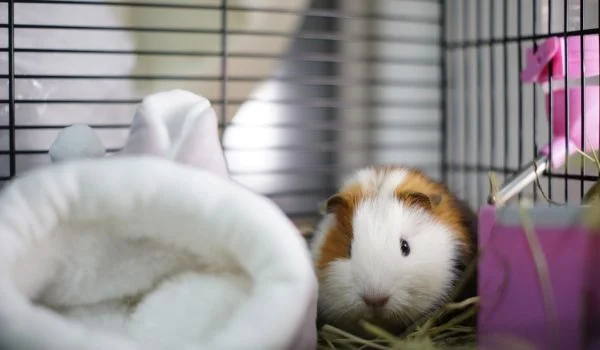
While guinea pigs are low-maintenance pets, requiring very little care, in winter, they will require a bit of special care to stay warm if it gets too cold—lower than the ideal temperature range for guinea pigs. If you are worried about keeping your guinea pig warm during cold winter nights, read the following tips on how to keep guinea pigs warm in winter.
1. Keep Your Guinea Pig Indoors
While guinea pigs can live happily outside in predator-proof habitats, you will have to take extra care of your guinea pig when the winter comes. The first thing you can do to keep your piggy warm is take her inside your house when the temperature is dipping below the lower limit of their ideal temperature range—65°F.
2. Block drafts
Drafts can make the room extra chilly, so you should have to block the under-door drafts and drafts under the windows. Besides, it is strongly advised that you never keep the guinea pig cage close to windows and doors, especially the exterior doors that are frequently opening. Opening doors bring in a lot of chilly air, making your guinea pig cold. So, try to place your guinea pig cage somewhere in the middle of the room.
3. Add extra soft and warm blankets
If you want to keep your guinea pig all snuggled up and warmed up, you should throw in some warm and comfy blankets in your guinea pig cage. Fleece blankets work best, but old towels can also get the job done.
4. Use Heating Pads
A heating pad works wonders when it comes to keeping guinea pigs warm. But do not use a human pad that is designed for humans; it can harm your pet. Instead, use a guinea-pig safe heating pad specially designed for small guinea pigs like guinea pigs. You can place the heating pad in one corner of the guinea pig cage so that if your guinea pig feels too warmed up, he can move away from the pad. You can also use a heating pad cover to give a more snuggly experience to your piglet.
5. Provide Ample Bedding
If you are using guinea pig bedding like hay, shredded paper, wood shavings, or any other fluffy guinea pig bedding, make sure that you use enough bedding to make a thick layer throughout the cage. A thick layer of bedding would allow guinea pigs to burrow under it and successfully trap the body heat and stay warm.
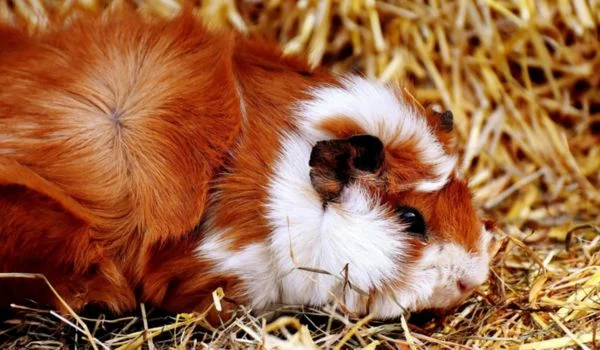
| Using Hay as Guinea Pig Bedding Up to 2 to 3 inches of hay bedding throughout the guinea pig cage would work perfectly to keep your guinea pig warm throughout cold and harsh winters. Hay is not only good at trapping body heat but also reacts well to moisture in case a guinea pig pees. |
6. Use Small Guinea Pig hutches and tunnels
In the wild, guinea pigs used to burrow into the ground on cold winter nights. These burrows insulated them from the harsh weather outside and kept them warm. In homes, we can help guinea pigs mimic this burrowing behavior by placing small guinea pig hutches and tunnels in your guinea pig cage. Guinea pig hideouts come in interesting shapes.
| Kaytee Igloo Made of durable plastic, it encourages natural nesting behavior in guinea pigs. Translucent plastic allows you to see your pet inside. |
Final verdict: Do Guinea Pigs Hibernate?
No! Guinea pigs don’t hibernate. Instead, they enter a state of deep sleep (torpor) when it’s cold to conserve energy. However, when the temperature drops below 60° F, guinea pigs require special care to stay warm or else they experience stress and respiratory issues. They may even die if no immediate care is provided.
